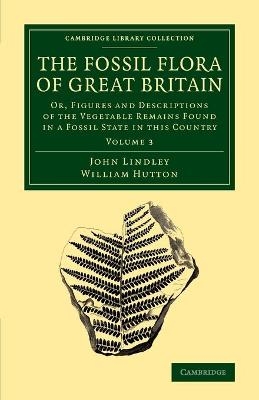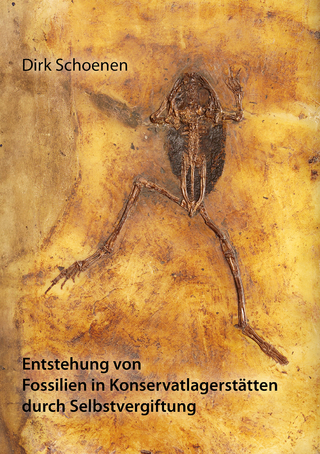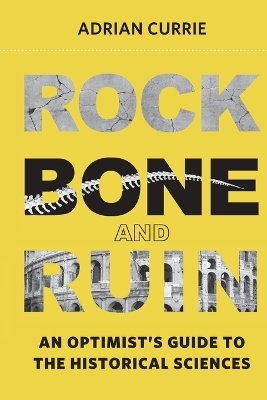
The Fossil Flora of Great Britain
Or, Figures and Descriptions of the Vegetable Remains Found in a Fossil State in this Country
Seiten
2014
Cambridge University Press (Verlag)
978-1-108-06856-7 (ISBN)
Cambridge University Press (Verlag)
978-1-108-06856-7 (ISBN)
The botanist John Lindley (1799–1865) collaborated with geologist and palaeontologist William Hutton (1797–1860) on this pioneering three-volume work of palaeobotany. First published between 1831 and 1837, it catalogues almost 300 species of plants from the Pleistocene to the Carboniferous period. Also included are contextual discussion and 230 plates.
Employed early on in his career by Sir Joseph Banks, the botanist John Lindley (1799–1865) went on to conduct important research on the orchid family and also recommended that Kew Gardens should become a national botanical institution. This pioneering three-volume work of palaeobotany, first published between 1831 and 1837, catalogues almost 300 species of fossil plants from the Pleistocene to the Carboniferous period. The geologist and palaeontologist William Hutton (1797–1860), with whom Lindley collaborated, was responsible for collecting the fossil specimens from which the 230 plates were drawn. The first serious attempt at organising and interpreting the evidence of Britain's primeval plant life, this resource is notable also for its prefatory discussion of topics such as coal seams and prehistoric climate. Volume 3 includes a note on the action of water on plants. This is followed by the descriptions of plates 157–230.
Employed early on in his career by Sir Joseph Banks, the botanist John Lindley (1799–1865) went on to conduct important research on the orchid family and also recommended that Kew Gardens should become a national botanical institution. This pioneering three-volume work of palaeobotany, first published between 1831 and 1837, catalogues almost 300 species of fossil plants from the Pleistocene to the Carboniferous period. The geologist and palaeontologist William Hutton (1797–1860), with whom Lindley collaborated, was responsible for collecting the fossil specimens from which the 230 plates were drawn. The first serious attempt at organising and interpreting the evidence of Britain's primeval plant life, this resource is notable also for its prefatory discussion of topics such as coal seams and prehistoric climate. Volume 3 includes a note on the action of water on plants. This is followed by the descriptions of plates 157–230.
Note; Nos. 157-230; Index; Plates 157-230.
| Erscheint lt. Verlag | 13.2.2014 |
|---|---|
| Reihe/Serie | Cambridge Library Collection - Earth Science ; Volume 3 |
| Zusatzinfo | 74 Plates, black and white |
| Verlagsort | Cambridge |
| Sprache | englisch |
| Maße | 140 x 216 mm |
| Gewicht | 360 g |
| Themenwelt | Naturwissenschaften ► Geowissenschaften ► Mineralogie / Paläontologie |
| ISBN-10 | 1-108-06856-1 / 1108068561 |
| ISBN-13 | 978-1-108-06856-7 / 9781108068567 |
| Zustand | Neuware |
| Haben Sie eine Frage zum Produkt? |
Mehr entdecken
aus dem Bereich
aus dem Bereich
Buch | Softcover (2024)
Shaker (Verlag)
19,80 €
An Optimist's Guide to the Historical Sciences
Buch | Softcover (2024)
MIT Press (Verlag)
34,55 €


